multiple choice questions (mcq) topic quiz ========================================== cells instructions and answers for teacher
Multiple Choice Questions (MCQ) topic quiz
==========================================
Cells
Instructions and answers for teachers
-------------------------------------
These instructions cover the learner activity section which can be
found on page 11.
This Lesson Element supports OCR AS and A Level Biology A (H020/H420)
and Biology B (Advancing Biology) (H022/H422).
When distributing the activity section to the learners either as a
printed copy or as a Word file you will need to remove the teacher
instructions section.
The Activity
This Lesson Element is a teaching and learning resource containing 20
multiple choice questions (MCQs) on the theme of cells. Some questions
might require synoptic thinking, using knowledge and ideas from
various topics across the full A Level content.
This resource can be used to test and consolidate understanding at the
end of a topic or to revisit and refresh knowledge at a later point in
the course.
Introduction
Multiple choice questions allow rapid coverage of a wide range of
sub-topics.
Contrary to a widespread belief among students, multiple choice
questions are not necessarily easy – they can be easy, moderate or
difficult.
The questions are written so that the incorrect answers are plausible
distractors based on common errors or misconceptions.
The questions in this quiz cover topics mainly from specification
sections:
Biology A
2.1.1 Cell structure
Biology B (Advancing Biology)
2.1.1 Cells and microscopy.
Multiple Choice Questions (MCQ) topic quiz - answers
1 Which of these structures contains RNA but not DNA?
A
nucleus
B
mitochondrion
C
chloroplast
D
D
ribosome
Your answer
2 Which of the following is a function of the Golgi apparatus?
A
to aid endocytosis
B
to make proteins from amino acids
C
to synthsise ATP
D
D
to make secretory products
Your answer
3 What is the name given to the structures which penetrate the walls
of adjacent plant cells?
A
middle lamellae
B
plasmodesmata
C
pits
B
D
channels
Your answer
4 Cells in culture will absorb amino acids from the surrounding
culture medium. If radioactively labelled glycine is provided in the
culture medium, in which organelle will radioactivity be found first?
A
ribosomes
B
nucleus
A
C
lysosomes
D
Golgi apparatus
Your answer
5 What resolution can be achieved with a light microscope?
A
20 μm
B
2 μm
C
0.2 μm
C
D
0.02 μm
Your answer
6 Which of the following cell structures does not have an envelope?
A
lysosome
B
nucleus
C
mitochondrion
A
D
chloroplast
Your answer
7 Intestinal epithelial cells have observable “brush borders” seen on
the cells.
What are they?
A
cilia
B
flagella
C
microvilli
C
D
villi
Your answer
8 What are centrioles involved in?
A
lysosome formation
B
intracellular digestion
C
ribosome formation
D
D
cell division
Your answer
9 Which one of the following is responsible for the destruction of
damaged organelles?
A
Golgi apparatus
B
cytoskeleton
C
smooth ER
D
D
lysosome
Your answer
10 Which of the following is concerned with the synthesis and
transport of lipids and steroids in the cell?
A
rough ER
B
smooth ER
C
Golgi apparatus
B
D
lysosome
Your answer
Question 11 and question 12 use the following photomicrograph:
11 The photomicrograph shows a transverse section of the lamina of a
beech tree leaf taken at low power.
What is the actual width of the leaf measured from point W – X?
A
1.7 mm
B
0.6 µm
C
16.7 µm
D
D
600 µm
Your answer
12 The beech leaf slide was prepared using two stains.
Which two macromolecules have been stained?
A
cellulose and starch
B
lignin and nucleic acid
C
cellulose and nucleic acid
C
D
starch and lignin
Your answer
13 When mitochondria are extracted from cells, they are usually kept
in a
0.25 mol dm-3 sucrose solution.
What is the purpose of the sucrose solution?
A
it is used as a solvent
B
it maintains a constant pH by acting as a buffer
C
it acts as a source of food for respiration
D
D
it prevents the mitochondria from changing structure
Your answer
14 A prokaryotic cell can be distinguished from a eukaryotic cell.
Which of the options, A – D, would only be found in a eukaryotic cell?
A
a nucleus
B
a cell surface membrane
C
ribosomes
A
D
DNA
Your answer
15 Which one of the following has the lowest surface area to volume
ratio?
A
a virus
B
a phagocyte
C
a red blood cell
B
D
a bacterium
Your answer
16 Which one of these organelles always contains DNA?
A
ribosome
B
Golgi body
C
mitochondrion
C
D
lysosome
Your answer
17 Some fresh rat liver was homogenised and the suspension subjected
to differential centrifugation. The procedure used is shown in the
diagram below.
Which row, A – D, represents the order in which the organelles were
removed from the suspension?
Fraction 1
Fraction 2
Fraction 3
Fraction 4
A
mitochondria
lysosomes
nuclei
ribosomes
B
mitochondria
nuclei
lysosomes
ribosomes
C
nuclei
mitochondria
lysosomes
ribosomes
D
nuclei
ribosomes
mitochondria
lysosomes
C
Your answer
18 Some organelles are bounded by a single membrane whilst others have
two membranes. Which of the options, A – D, is correct?
Single membrane
Two membranes
A
tonoplast
lysosome
nucleus
chloroplast
B
chloroplast
lysosome
nucleus
tonoplast
C
nucleus
chloroplast
lysosome
tonoplast
D
tonoplast
chloroplast
nucleus
lysosome
A
Your answer
19 Which of the following would be found in an animal cell undergoing
mitosis but not in a plant cell undergoing mitosis?
A
chromosome
B
centriole
C
spindle
B
D
chromatid
Your answer
20 Which of the following is absent from prokaryotic cells?
A
plasmids
B
cell wall
C
rough endoplasmic reticulum
C
D
ribosomes
Your answer
We’d like to know your view on the resources we produce. By clicking
on ‘Like’ or ‘Dislike’ you can help us to ensure that our resources
work for you. When the email template pops up please add additional
comments if you wish and then just click ‘Send’. Thank you.
If you do not currently offer this OCR qualification but would like to
do so, please complete the Expression of Interest Form which can be
found here: www.ocr.org.uk/expression-of-interest
AutoShape 219
This resource has been produced as part of our free Biology teaching
and learning support package. All the Biology teaching and learning
resources, including delivery guides, topic exploration packs, lesson
elements and more are available on the qualification webpages.
If you are looking for examination practice materials, you can find
Sample Assessment Materials (SAMs) and a link to the Practice Papers
on the qualification webpages: Biology A, Biology B.
Multiple Choice Questions (MCQ) topic quiz
Cells
Learner Activity
----------------
1 Which of these structures contains RNA but not DNA?
A
nucleus
B
mitochondrion
C
chloroplast
D
ribosome
Your answer
2 Which of the following is a function of the Golgi apparatus?
A
to aid endocytosis
B
to make proteins from amino acids
C
to synthsise ATP
D
to make secretory products
Your answer
3 What is the name given to the structures which penetrate the walls
of adjacent plant cells?
A
middle lamellae
B
plasmodesmata
C
pits
D
channels
Your answer
4 Cells in culture will absorb amino acids from the surrounding
culture medium. If radioactively labelled glycine is provided in the
culture medium, in which organelle will radioactivity be found first?
A
ribosomes
B
nucleus
C
lysosomes
D
Golgi apparatus
Your answer
5 What resolution can be achieved with a light microscope?
A
20 μm
B
2 μm
C
0.2 μm
D
0.02 μm
Your answer
6 Which of the following cell structures does not have an envelope?
A
lysosome
B
nucleus
C
mitochondrion
D
chloroplast
Your answer
7 Intestinal epithelial cells have observable “brush borders” seen on
the cells.
What are they?
A
cilia
B
flagella
C
microvilli
D
villi
Your answer
8 What are centrioles involved in?
A
lysosome formation
B
intracellular digestion
C
ribosome formation
D
cell division
Your answer
9 Which one of the following is responsible for the destruction of
damaged organelles?
A
Golgi apparatus
B
cytoskeleton
C
smooth ER
D
lysosome
Your answer
10 Which of the following is concerned with the synthesis and
transport of lipids and steroids in the cell?
A
rough ER
B
smooth ER
C
Golgi apparatus
D
lysosome
Your answer
Question 11 and question 12 use the following photomicrograph:
11 The photomicrograph shows a transverse section of the lamina of a
beech tree leaf taken at low power.
What is the actual width of the leaf measured from point W – X?
A
1.7 mm
B
0.6 µm
C
16.7 µm
D
600 µm
Your answer
12 The beech leaf slide was prepared using two stains.
Which two macromolecules have been stained?
A
cellulose and starch
B
lignin and nucleic acid
C
cellulose and nucleic acid
D
starch and lignin
Your answer
13 When mitochondria are extracted from cells, they are usually kept
in a 0.25 mol dm-3 sucrose solution.
What is the purpose of the sucrose solution?
A
it is used as a solvent
B
it maintains a constant pH by acting as a buffer
C
it acts as a source of food for respiration
D
it prevents the mitochondria from changing structure
Your answer
14 A prokaryotic cell can be distinguished from a eukaryotic cell.
Which of the options, A – D, would only be found in a eukaryotic cell?
A
a nucleus
B
a cell surface membrane
C
ribosomes
D
DNA
Your answer
15 Which one of the following has the lowest surface area to volume
ratio?
A
a virus
B
a phagocyte
C
a red blood cell
D
a bacterium
Your answer
16 Which one of these organelles always contains DNA?
A
ribosome
B
Golgi body
C
mitochondrion
D
lysosome
Your answer
17 Some fresh rat liver was homogenised and the suspension subjected
to differential centrifugation. The procedure used is shown in the
diagram below.
Which row, A – D, represents the order in which the organelles were
removed from the suspension?
Fraction 1
Fraction 2
Fraction 3
Fraction 4
A
mitochondria
lysosomes
nuclei
ribosomes
B
mitochondria
nuclei
lysosomes
ribosomes
C
nuclei
mitochondria
lysosomes
ribosomes
D
nuclei
ribosomes
mitochondria
lysosomes
Your answer
18 Some organelles are bounded by a single membrane whilst others have
two membranes. Which of the options, A – D, is correct?
Single membrane
Two membranes
A
tonoplast
lysosome
nucleus
chloroplast
B
chloroplast
lysosome
nucleus
tonoplast
C
nucleus
chloroplast
lysosome
tonoplast
D
tonoplast
chloroplast
nucleus
lysosome
Your answer
19 Which of the following would be found in an animal cell undergoing
mitosis but not in a plant cell undergoing mitosis?
A
chromosome
B
centriole
C
spindle
D
chromatid
Your answer
20 Which of the following is absent from prokaryotic cells?
A
plasmids
B
cell wall
C
rough endoplasmic reticulum
D
ribosomes
Your answer
Version 1 1 © OCR 2016
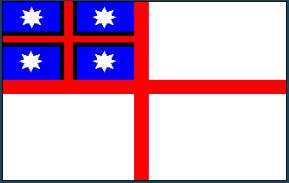 CC HER MAJESTY THE QUEEN BUCKINGHAM PALACE LONDON SW1A
CC HER MAJESTY THE QUEEN BUCKINGHAM PALACE LONDON SW1A HRVATSKA AGENCIJA ZA POŠTU I ELEKTRONIČKE KOMUNIKACIJE ZAHTJEV ZA
HRVATSKA AGENCIJA ZA POŠTU I ELEKTRONIČKE KOMUNIKACIJE ZAHTJEV ZA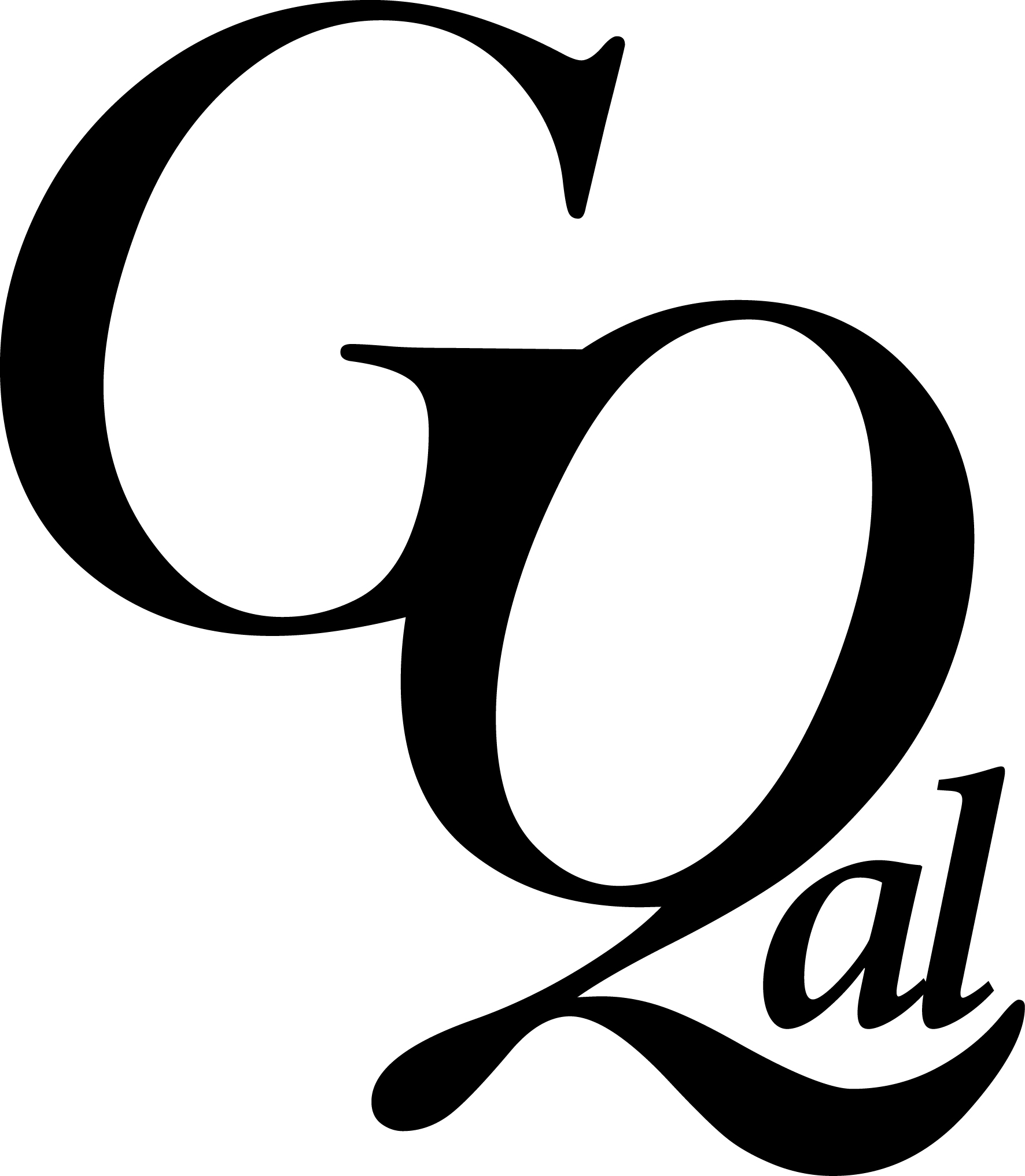 GRADED QUALIFICATIONS ALLIANCE CENTRE APPROVAL APPLICATION DANCE QUALIFICATIONS INTERNATIONAL
GRADED QUALIFICATIONS ALLIANCE CENTRE APPROVAL APPLICATION DANCE QUALIFICATIONS INTERNATIONAL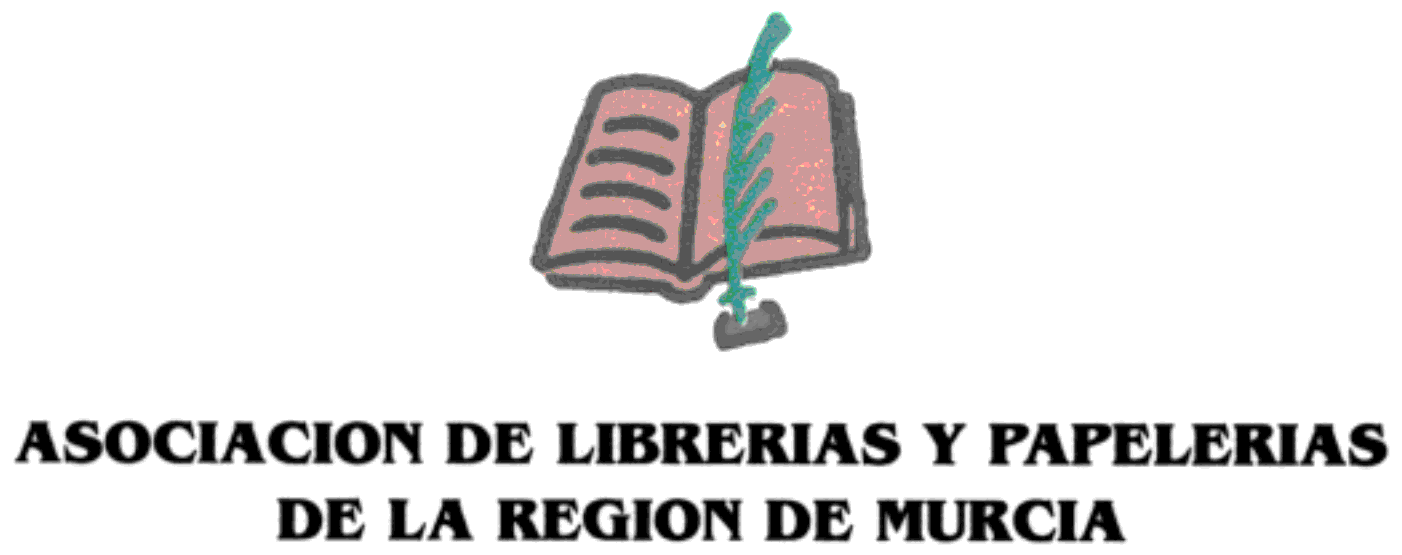 NOTA DE PRENSA HOY SE PRESENTA CEGAL EN RED
NOTA DE PRENSA HOY SE PRESENTA CEGAL EN RED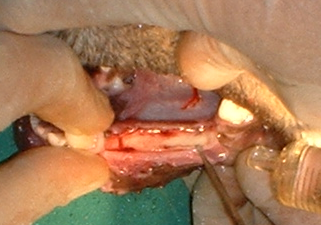 ARCHIVO MÉDICO DE CAMAGÜEY 20059(4) ISSN 10250255 HOSPITAL CLÍNICO
ARCHIVO MÉDICO DE CAMAGÜEY 20059(4) ISSN 10250255 HOSPITAL CLÍNICO THANH TRA CHÍNH PHỦ VIỆN KHOA HỌC THANH TRA
THANH TRA CHÍNH PHỦ VIỆN KHOA HỌC THANH TRA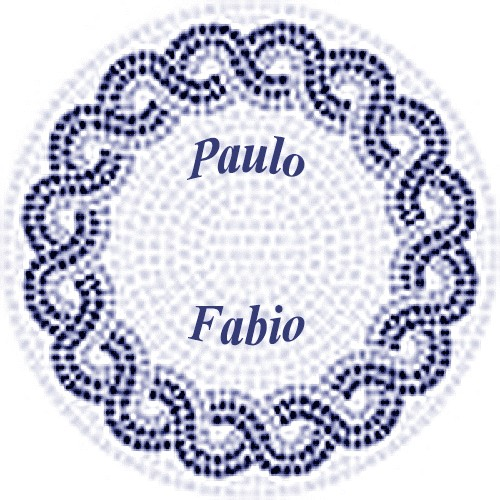 SOLICITUD MATRÍCULA “MÁSTER EN DIRECCIÓN DE PERSONAS PAULO FABIO”
SOLICITUD MATRÍCULA “MÁSTER EN DIRECCIÓN DE PERSONAS PAULO FABIO” I ¿ERES ADICT AL TELÉFONO MÓVIL? 1 ¿QUÉ TIPO
I ¿ERES ADICT AL TELÉFONO MÓVIL? 1 ¿QUÉ TIPO VENTILACIÓN PARA AUTOCARAVANAS CAMPERS CARAVANAS ETC FLETTNER VENTILATOR
VENTILACIÓN PARA AUTOCARAVANAS CAMPERS CARAVANAS ETC FLETTNER VENTILATOR 4.4%20SOP%20PELAKSANAAN%20FASILITASI
4.4%20SOP%20PELAKSANAAN%20FASILITASI